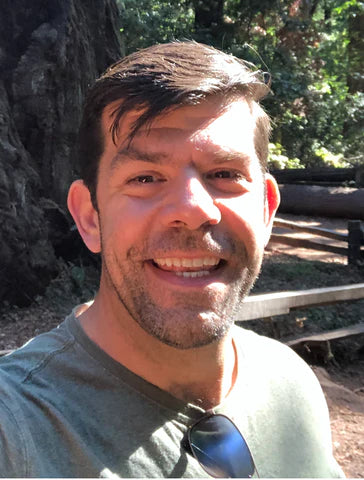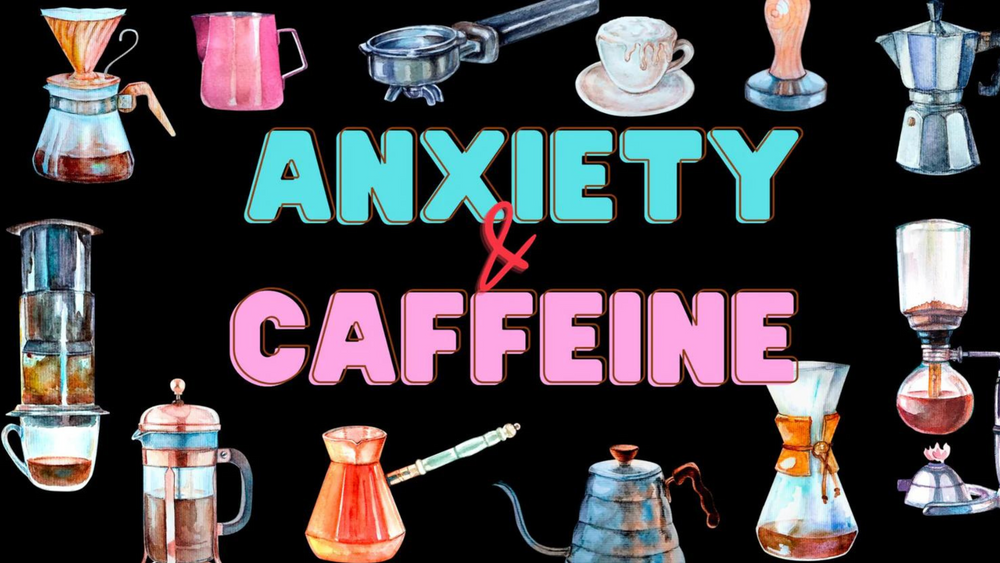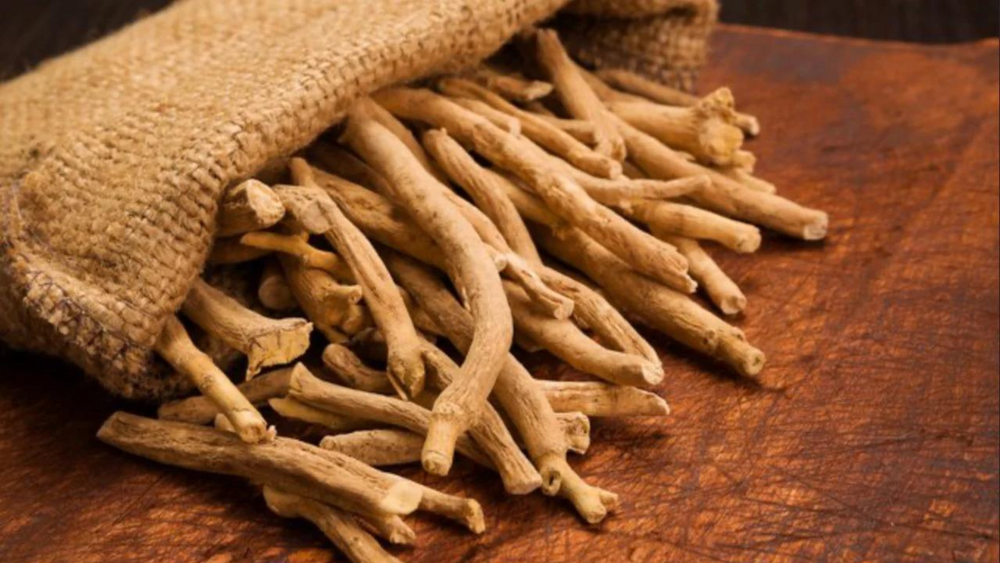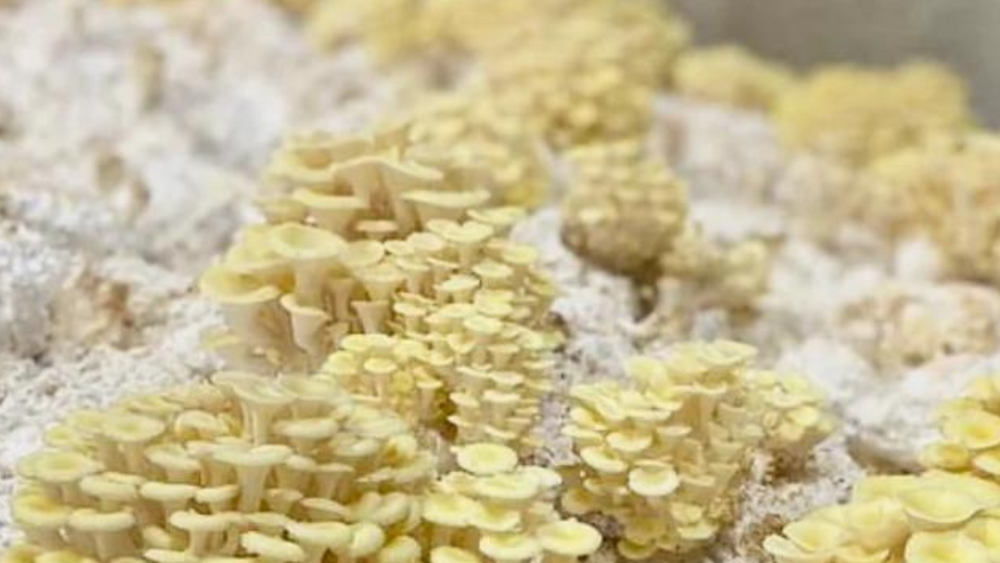About and Contact
FuFluns is a brand born from personal healing, a passion of nature and a mission to redefine wellness. My parents, unaware of the importance of health, paid the price prematurely. I too was headed down a similar path until the birth of my first child ignited a profound healing journey.
The first of a few radical shifts, FuFlun’s was originally envisioned as a smoothie and food company akin to Daily Harvest. High capital requirements, hemp legalization and a knee operation pivoted us to hemp extract. Delving into my supply chain background, I uncovered a disheartening truth about "CBD" and mass-produced supplements – they were environmentally destructive, heavily processed, and far from reaching their full potential.This revelation sparked my journey down the "plant path," leading me into the realms of alternative medicine, spirituality, and profound environmentalism. As I delved further into the realm of herbalism, hemp gradually diminished in significance, as other botanicals and mushrooms were more effective for stress and sleep.Armed with newfound knowledge from courses on herbalism, mushrooms, regenerative farming, and alchemical extraction practices, I cultivated mushrooms and medicinal herbs in my backyard, crafting traditional alcohol tinctures. Yet, two crucial lessons emerged: people dislike the taste of mushroom-flavored alcohol, and the masses crave a natural, non-pharmaceutical solution to their problems. The solution crystallized into functional plant fiber-infused capsules that bridge the gap between the traditional western consumer and the burgeoning alternative wellness market. FuFluns isn't just a brand; it's a reflection of my healing journey through food, nutrition, movement, and meditation. Rooted in passion and purpose, it stands as a beacon for those seeking a holistic approach to well-being, offering a harmonious blend of ancient wisdom and modern innovation. Join me on this extraordinary voyage towards vibrant health and a profound connection to the Earth – because at FuFluns, we believe that true wellness begins with a deep understanding of the intricate dance between nature and human flourishing.
Kindest Regards,
Perry






